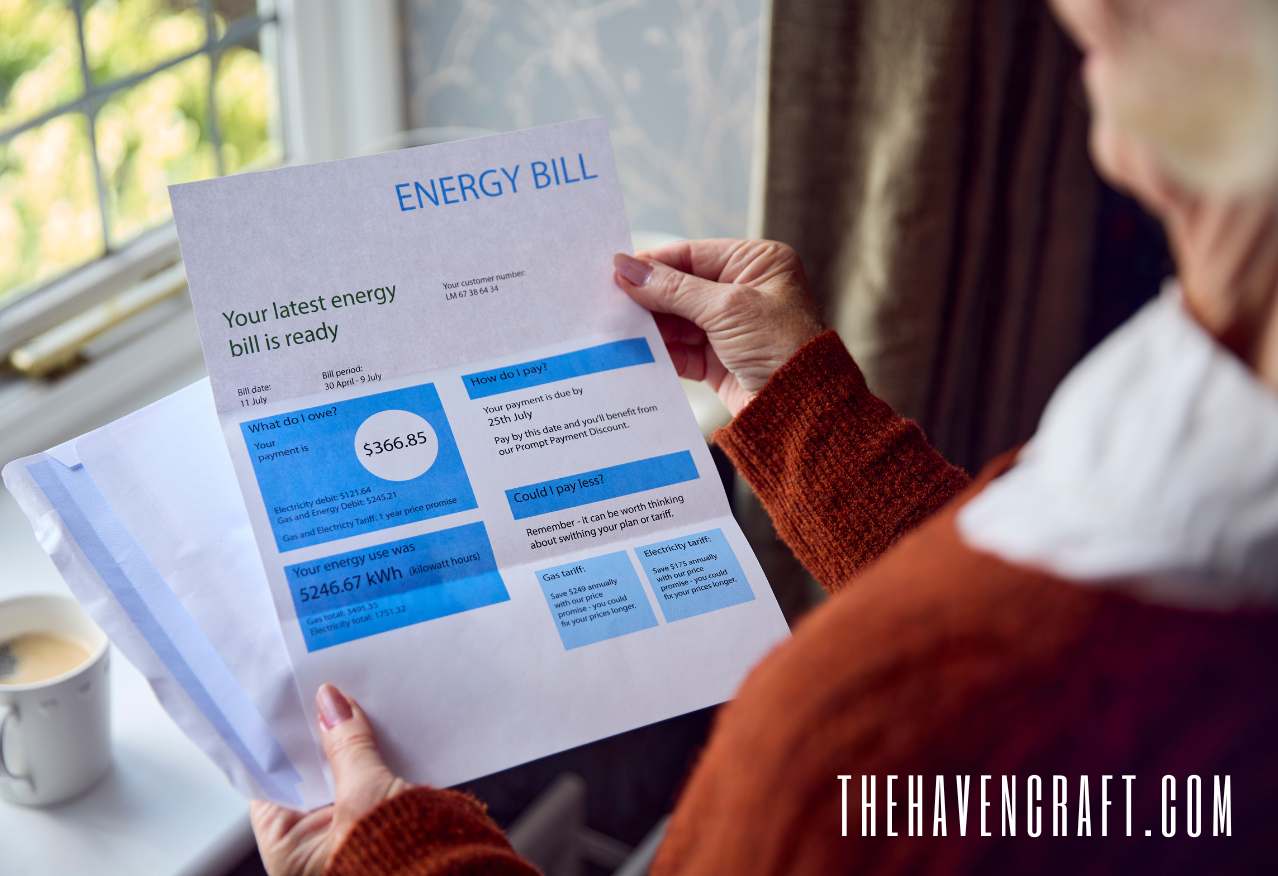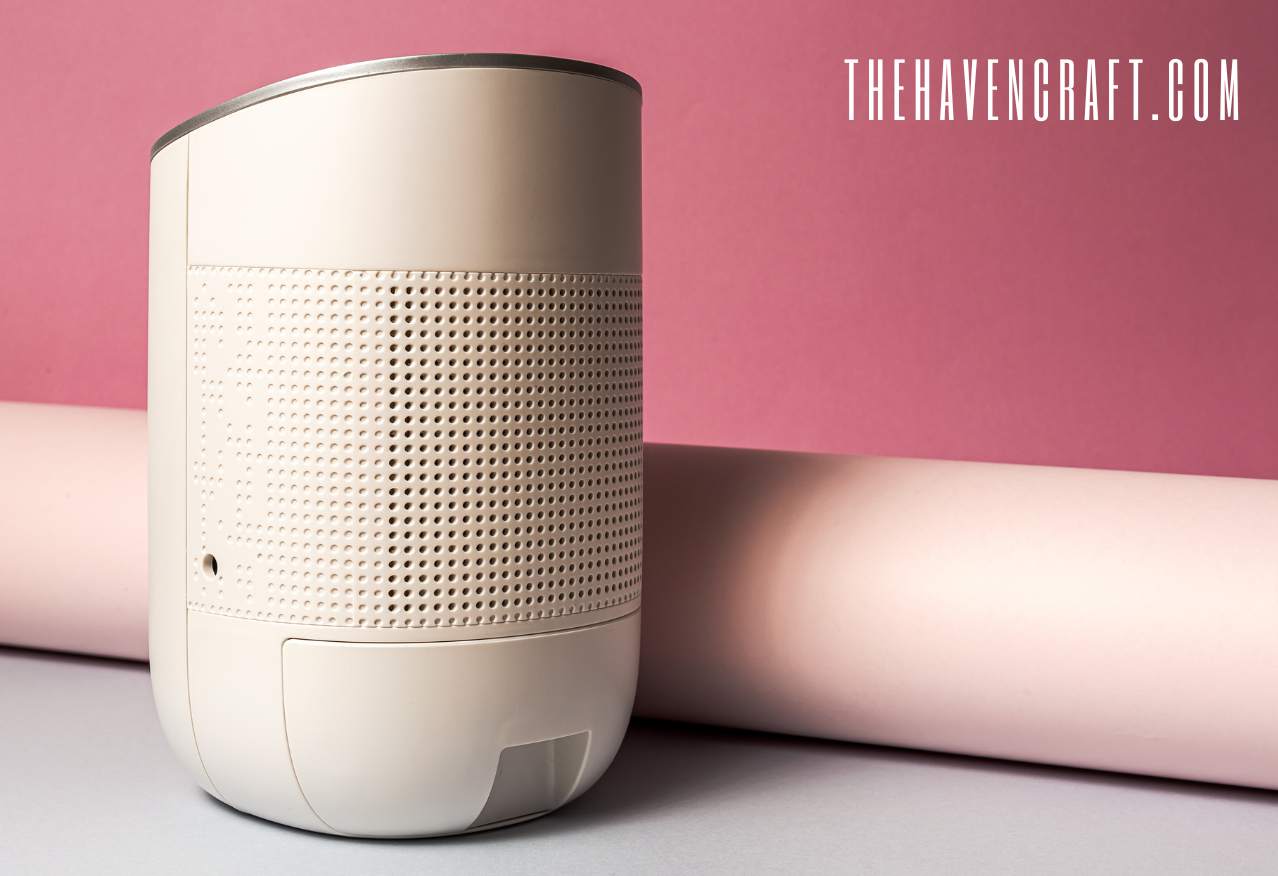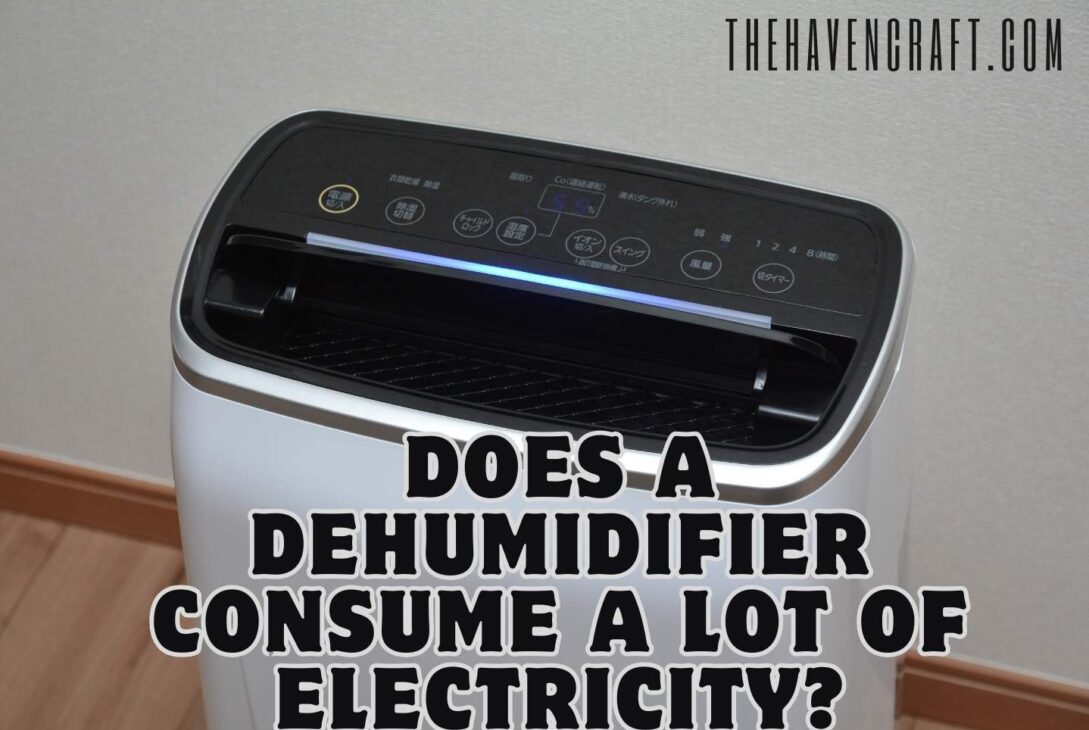Dehumidifiers are very helpful especially for the areas with high humidity levels. However, before purchasing and when starting using dehumidifiers people have one major problem, which is, does a dehumidifier use a lot of electricity? We cover everything you need to know about energy consumption of dehumidifiers. Let’s start.
How Much Electricity Do Humidifiers Use?
The electricity consumption of dehumidifiers varies based on several factors. These factors include, the type, the size of dehumidifier, capacity, and usage patterns. Let us take a minute and explain everything in detail.


Electricity Consumption of Refrigerant (Compressor) Dehumidifiers
Refrigerant dehumidifiers, also known as compressor dehumidifiers, are the most widely used type. These humidifiers takes in humidity in the air through a fan. Then, the air it took inside goes over a cold coil and converts moisture to water droplets. Typically the water is collected in reservoir. Then, drier air inside the machine goes over a warm coil and finally it get released back to the room.
The energy usage of Refrigerant (Compressor) Dehumidifiers is around 300 to 700 watts per hour.
However, the exact energy consumption of refrigerant dehumidifiers depend on the capacity of the machine.
- Low Capacity machines which are ideal for small rooms consume about 300-400 watts per hour.
- Medium capacity machines which are ideal for medium-size rooms consume about 400-600 watts per hour.
- Hight capacity machines which are best for larger rooms consume about 600-700 watts per hour.
Electricity Consumption of Desiccant Dehumidifiers
As the name suggests, these dehumidifiers use a material called desiccant in order to absorb humidity from the environment and these are more suitable for colder environments.
Similar to refrigerant machines, the desiccant dehumidifiers also draws air via a fan into the machine. Then the air goes through a desiccant wheel which absorbs the humidity (moisture) from the air it took in. The desiccant material we mentioned is continuously regenerated by heating and releases the absorbed moisture back to the environment.
The bigger units tend to consume more electricity compared to low capacity machines. The fan speed as well as the continuous operation can lead to higher energy consumption.
- Low capacity desiccant dehumidifiers consume about 300-500 watts a hour.
- Low capacity desiccant dehumidifiers consume about 500-700 watts a hour.
- High capacity desiccant dehumidifiers consume about 700-900 watts a hour.
Electricity Consumption of Thermo-Electric (Peltier) Dehumidifiers
These units are compact and low in noise and use Peltier effect for the operation. A Peltier module creates a temperature difference between two plates when an electric current passes through it.
The humid air drawn from the environment goes over the cool plate and the air converts into water droplets. Similar to most dehumidifiers the water is collected to a reservoir. The dry air now goes on a warmer plate and then to the environment.
The capacity of thermo-electric dehumidifiers is lower than most other types which means the energy consumption also lower than others. In addition, these units are kept in bathrooms or closets where the covered area is small.
- Small-capacity thermo-electric dehumidifiers consume about 20-50 watts a hour.
- Medium-capacity thermo-electric dehumidifiers consume about 50-70 watts a hour.
Electricity Consumption of Whole-House Dehumidifiers
Whole-house dehumidifiers are designed to dehumidify an entire home by integrating with the existing HVAC system. As you could assume these machines consume a considerable amount of electricity for the operation.
Whole-house dehumidifiers are connected to the home’s HVAC system, allowing them to treat the air circulated throughout the entire house. Moisture from all of your rooms is absorbed to the HVAC system and goes over cold coils inside the machine.
Then, the moisture is converted to water and collected in a drainage system. The air then will be reheated and distributed to the rooms back.
- Whole-house dehumidifiers in homes up to 2500 square feet is about 600-1000 watts per hour.
- Whole-house dehumidifiers in homes over 2500 square feet is about 1000-2000 watts per hour.


Portable Dehumidifiers
Portable dehumidifiers are standalone units that can be moved from room to room. These units work the same as refrigerant dehumidifiers but kept in smaller rooms.
- Small-capacity portable dehumidifiers consume about 200-400 watts a hour.
- Medium-capacity portable dehumidifiers consume about 400-600 watts a hour.
- Small-capacity portable dehumidifiers consume about 600-800 watts a hour.
Dehumidifying Ventilators
Dehumidifying ventilators use fans and exhaust systems to draw in outdoor air, which is then dehumidified and circulated throughout the home. These machines are good for basements, crawl spaces, and attics.
- Small-capacity dehumidifying ventilators consume about 50-100 watts a hour.
- Medium-capacity dehumidifying ventilators consume about 100-200 watts a hour.
- High-capacity dehumidifying ventilators consume about 200-300 watts a hour.
So, Does a Dehumidifier Consume a Lot of Electricity?


Adam Voges is a seasoned expert with 11 years of experience in the heating and cooling industry. His deep understanding of HVAC systems and cutting-edge home climate technologies makes him a trusted authority on maintaining comfortable and energy-efficient homes. Adam’s blog discusses the latest innovations, best practices, and troubleshooting tips for heating and cooling devices, helping homeowners make informed decisions about their indoor climate control. Whether you’re looking to upgrade your system, optimize energy usage, or solve common HVAC issues, Adam’s insights are invaluable. His passion for sustainable living and his commitment to enhancing home comfort shine through in every article he writes.



